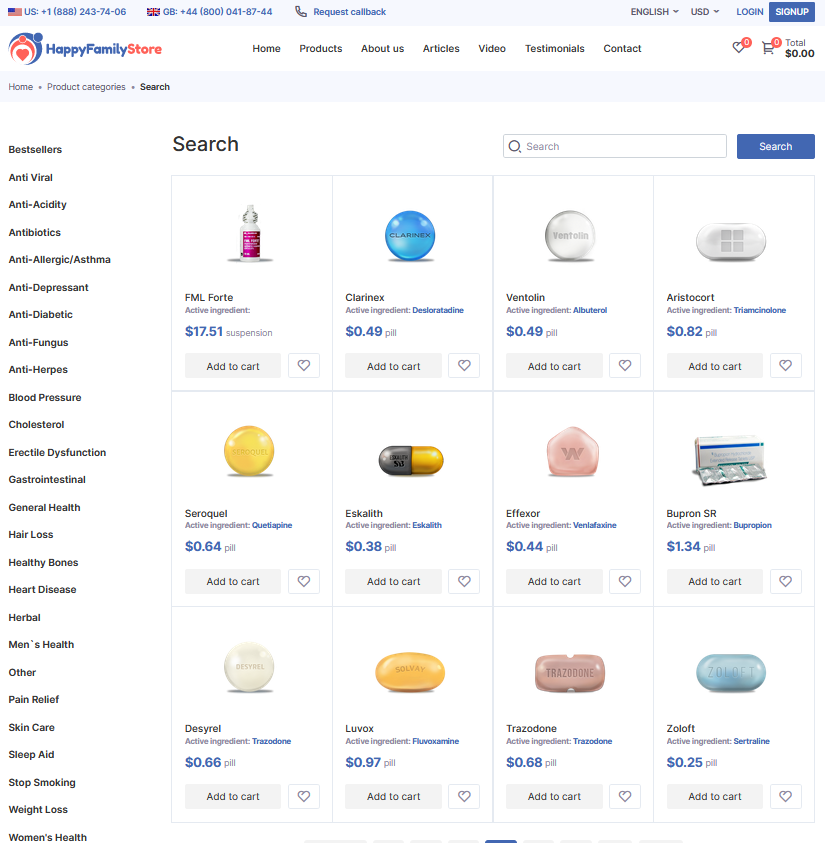
Understanding the Role of Amaryl in Glycemic Control
Amaryl, a widely recognized oral antidiabetic medication, plays a pivotal role in glycemic control for individuals with type 2 diabetes. This sulfonylurea drug works by stimulating the pancreas to produce more insulin, a critical hormone responsible for regulating blood sugar levels.
By enhancing insulin secretion, Amaryl helps to lower fasting and post-meal blood glucose concentrations, effectively managing the hallmarks of diabetes. Its mechanism of action targets the underlying pathophysiology of the condition, making it a valuable tool in the comprehensive treatment of type 2 diabetes.
Patients and healthcare professionals alike have long recognized the importance of maintaining stable blood sugar levels to prevent the development of serious complications. Amaryl's ability to achieve and sustain glycemic control has made it a mainstay in the management of type 2 diabetes, helping individuals to better manage their condition and improve their overall health.
| Mechanism of Action | Glycemic Benefits | Clinical Importance |
|---|---|---|
| Stimulates pancreatic insulin secretion | Lowers fasting and post-meal blood glucose | Helps manage type 2 diabetes and prevent complications |
Harnessing the Benefits of Amaryl for Improved Diabetes Management

Amaryl, a widely prescribed medication for type 2 diabetes, has emerged as a powerful tool in the management of glycemic control. By harnessing the benefits of this medication, individuals with diabetes can achieve improved outcomes and better manage their condition. Amaryl's unique mechanism of action, which stimulates insulin secretion, has been shown to be particularly effective in lowering blood glucose levels, leading to enhanced glycemic stability and reduced risk of complications.
Furthermore, the flexibility of Amaryl in terms of dosage and administration allows for individualized treatment plans, empowering patients to tailor their management strategies to their specific needs. By combining Amaryl therapy with lifestyle modifications, such as a healthy diet and regular exercise, individuals can optimize their overall diabetes management, ultimately leading to improved quality of life and long-term health outcomes.
Unlocking the Potential of Amaryl: Strategies for Optimal Glucose Regulation
Amaryl, a potent sulfonylurea medication, has the remarkable ability to unlock the door to optimal glucose regulation. By precisely targeting the pancreatic beta cells, Amaryl stimulates the release of insulin, enabling the body to effectively utilize glucose and maintain healthy blood sugar levels. Healthcare professionals can leverage strategic dosage adjustments and titration schedules to fine-tune Amaryl therapy, ensuring a personalized approach that caters to the unique needs of each patient. This level of customization empowers individuals with diabetes to take control of their condition, leading to improved glycemic stability and a enhanced quality of life.
Navigating the Complexities of Amaryl: Dosage and Administration Considerations

Achieving the optimal dosage and administration of Amaryl can be a delicate balance. Patients and healthcare providers must work closely to determine the appropriate starting dose, which typically ranges from 1 to 4 milligrams per day, and then carefully monitor and adjust the dosage as needed. Proper timing of Amaryl administration, usually once daily with the first meal of the day, is crucial to ensure consistent glucose regulation throughout the day. Additionally, healthcare providers may recommend taking Amaryl with or without food, depending on the individual patient's response and tolerance. By navigating these complexities with the guidance of a medical professional, individuals can unlock the full potential of Amaryl in managing their diabetes and achieving glycemic stability.
Optimizing Amaryl Therapy: Combining with Lifestyle Modifications for Better Outcomes
Achieving optimal glycemic control with Amaryl often requires a holistic approach that combines medication with lifestyle modifications. Amaryl, a potent sulfonylurea, can be particularly effective when paired with a healthy diet and regular physical activity.
By incorporating these lifestyle changes alongside Amaryl therapy, individuals with diabetes can experience better glycemic control, reduced risk of complications, and an improved quality of life.Lifestyle Factor Impact on Amaryl Therapy Diet A balanced, low-glycemic diet can enhance the efficacy of Amaryl by reducing fluctuations in blood sugar levels and supporting overall metabolic health. Exercise Regular physical activity can improve insulin sensitivity and help maintain stable glucose levels, further amplifying the benefits of Amaryl.
Overcoming Challenges and Achieving Glycemic Stability with Amaryl
Navigating the complexities of Amaryl can be a challenge, but with the right approach, glycemic stability is within reach. By working closely with healthcare professionals to optimize dosage and administration, patients can overcome obstacles and unlock the full potential of this medication. Adherence to treatment plans, combined with proactive lifestyle modifications, is key to achieving long-term glycemic control and improving overall health outcomes. Through a comprehensive, patient-centered approach, the power of Amaryl can be harnessed to help individuals with diabetes manage their condition effectively and reclaim their quality of life.

Back Pain

Neck Pain

Joint Pain

Headaches

Migraines


